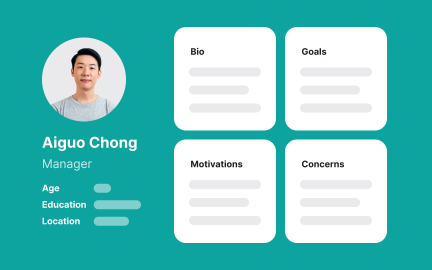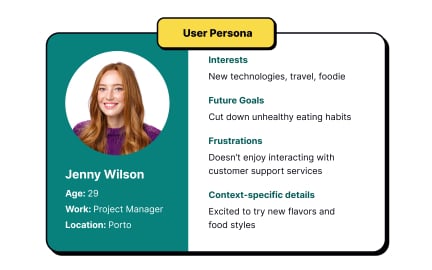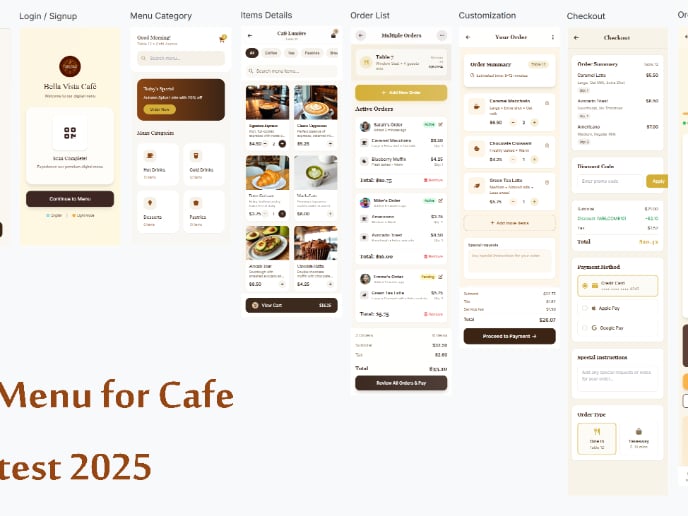User Segmentation
User segmentation groups people by shared traits such as behavior or goals, so teams can design targeted features and improve product relevance.
What is User Segmentation?
Your product and marketing efforts treat all users the same despite significant differences in their needs, behaviors, and preferences, missing opportunities to optimize experiences and strategies for different user groups that would improve satisfaction and business outcomes.
Most teams assume one-size-fits-all approaches work for diverse user bases, missing insights about user differences that would enable more effective product development, marketing strategies, and user experience optimization.
User segmentation is the systematic process of dividing your user base into distinct groups based on shared characteristics, behaviors, needs, or goals that enable targeted strategies and personalized experiences for different user types.
Companies with effective user segmentation achieve 60% better user engagement, 45% higher conversion rates, and significantly improved customer satisfaction because strategies are tailored to specific user group needs rather than generic approaches that might not resonate with any users strongly.
Think about how companies like Netflix segment users based on viewing preferences to optimize content recommendations, or how SaaS companies segment customers based on usage patterns to provide appropriate onboarding and support experiences.
Why User Segmentation Matters for Strategic Focus
Your product and marketing strategies are less effective because they're designed for average users who don't actually exist, missing opportunities to serve specific user groups excellently rather than serving everyone adequately but not exceptionally.
The cost of lacking user segmentation compounds through every strategy that could be optimized for different user types. You get generic experiences that don't resonate strongly with anyone, inefficient resource allocation across different user needs, and missed opportunities to excel in specific market segments.
What effective user segmentation delivers:
More relevant user experiences because segmentation enables product features and interfaces that serve specific user group needs rather than generic functionality that attempts to work for everyone but doesn't excel for anyone.
When you understand user segments deeply, product decisions can optimize for specific user success rather than trying to balance competing needs that result in compromised experiences.
Better resource allocation and strategic focus through understanding which user segments provide the highest value and growth opportunities that inform where to invest product development and marketing resources.
Enhanced user satisfaction and engagement because targeted experiences feel personally relevant rather than generic products that don't address specific user contexts and preferences.
Improved customer acquisition and retention as segmented marketing and onboarding strategies resonate more effectively with different user motivations and decision-making processes.
More strategic competitive positioning through excellence in specific user segments rather than competing generically across all possible user types without particular strengths or focus areas.
Advanced User Segmentation Strategies
Once you've established basic user segmentation capabilities, implement sophisticated segmentation methods and strategic application approaches.
Behavioral and Outcome-Based Segmentation: Segment users based on how they use products and what outcomes they achieve rather than just demographic characteristics that might not predict behavior accurately.
Dynamic and Evolving Segmentation: Create segmentation systems that adapt as users change behaviors and needs rather than static categories that don't reflect user evolution and product experience changes.
Predictive Segmentation and Lifecycle Analysis: Use segmentation to predict user behavior and lifecycle patterns that inform proactive strategies for different user segments at different usage stages.
Cross-Segment Strategy Optimization: Coordinate strategies across different segments to optimize overall business outcomes while serving specific segment needs effectively.
Recommended resources
Courses

Reducing User Churn

Color Psychology

Accessibility Foundations
Lessons

Geometric Perception and Design Composition

Personas vs. Jobs to Be Done









